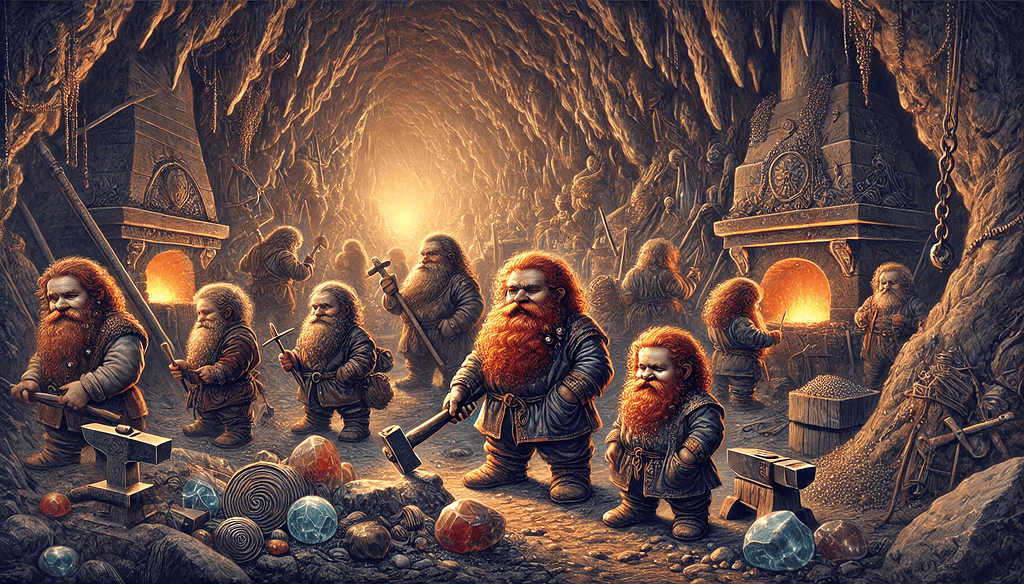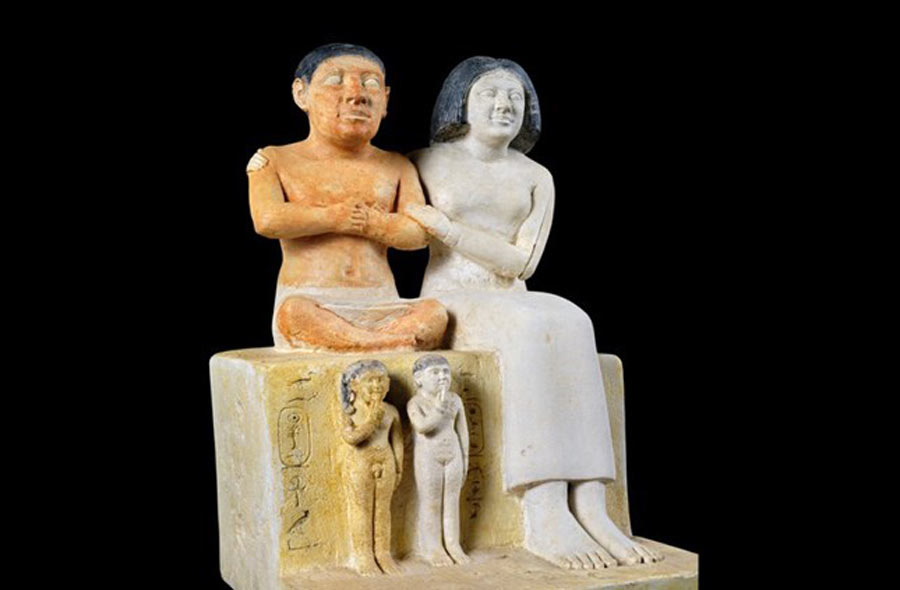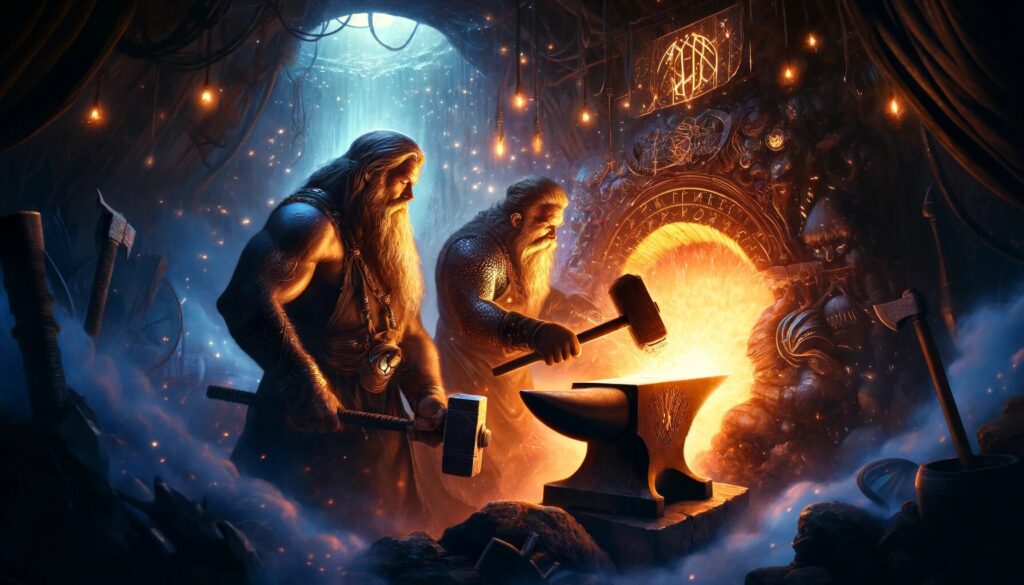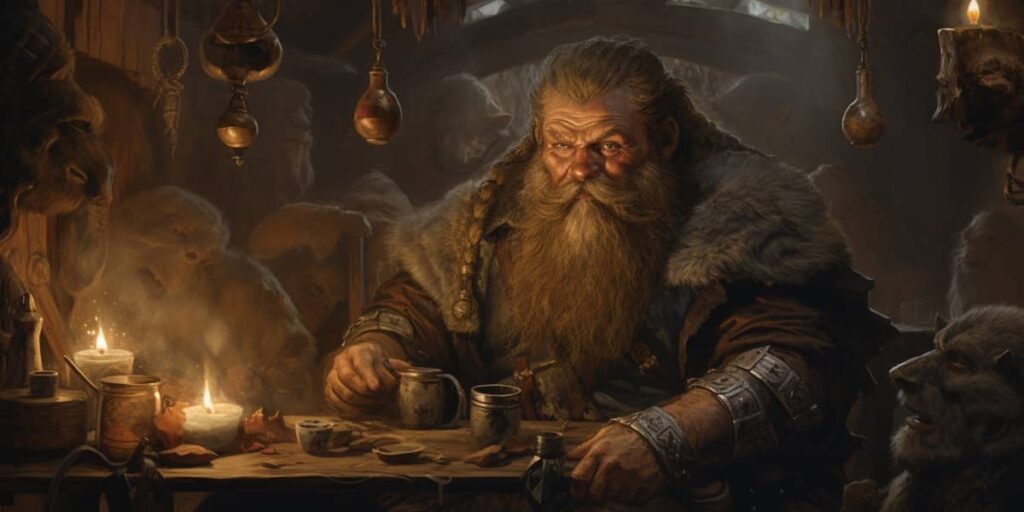“The Mysterious World of Ancient Dwarves: Myth and Reality”

Introduction
Throughout history and mythology, dwarves have occupied a unique and intriguing place—small in stature but large in lore. The mysterious world of ancient dwarves spans cultures and continents, blending legend, folklore, archaeology, and ancient history. From the mythic blacksmiths and miners of Norse legends to actual archaeological findings of small-statured human remains, dwarves have fascinated human imagination for centuries.

Origins in Myth and Legend
Norse and Germanic Traditions
In Norse mythology, dwarves (known as dvergar) were master smiths and craftsmen, creators of magical items like Thor’s hammer Mjölnir and Odin’s spear Gungnir. They dwelled underground or in mountains, embodying both mystical knowledge and the earth’s hidden wealth.
Other Cultural Representations
- In Celtic mythology, similar beings called leprechauns played roles as tricksters and guardians of treasure.
- The Hindu texts describe Vamana, a dwarf avatar of Vishnu, symbolizing humility and divine intervention.
- Ancient Mesopotamian and Sumerian legends also mention small beings with supernatural qualities, often connected to craftsmanship or the underworld.
Archaeological Evidence and Real Ancient Peoples
While much of dwarf lore is mythological, there are archaeological discoveries suggesting that certain ancient populations included people of short stature, some due to genetic conditions like achondroplasia or environmental factors.
- Excavations in various parts of the world, including Egypt, Europe, and the Americas, have revealed skeletons and burial sites with individuals of notably small stature.
- These individuals sometimes held special social or religious roles, hinting at their unique status within ancient societies.
Dwarves in Ancient Societies
Roles and Symbolism
- Often associated with mining, metalwork, and craftsmanship, dwarves symbolized the mastery of earth’s resources.
- They were sometimes seen as protectors of sacred knowledge, linked to fertility and the underworld.
- In some cultures, dwarves were thought to possess magical powers, healing abilities, or secret wisdom.
Social Status
- Dwarves could be revered, feared, or marginalized depending on the culture and era.
- Some legends suggest that dwarves formed their own societies or clans with rich traditions and governance.

Myth Meets Reality: How Did the Legend Persist?
The image of dwarves as mystical beings was likely reinforced by a combination of:
- Observations of real people with dwarfism or small stature in ancient communities
- The symbolic power of underground craftsmanship and mining in early human civilizations
- The human tendency to mythologize the mysterious and the “other”
This blend of fact and fiction created a lasting legacy in literature, art, and popular culture, influencing everything from medieval tales to modern fantasy genres.
Influence on Modern Culture
Today, the legacy of ancient dwarves endures in:
- Literature: From Norse sagas to Tolkien’s Middle-earth, dwarves remain iconic characters symbolizing strength, resilience, and craftsmanship.
- Popular Media: Films, video games, and fantasy art draw on ancient dwarf mythology for inspiration.
- Folklore Studies: Scholars continue to explore the intersection of myth, history, and anthropology in dwarf-related traditions.

Conclusion
The mysterious world of ancient dwarves is a fascinating tapestry woven from myth, archaeology, and cultural memory. Whether as legendary smiths beneath the mountains or as real individuals with unique roles in ancient societies, dwarves remind us of the rich diversity and imaginative power of human history.
Their stories continue to inspire wonder and curiosity, inviting us to explore the boundaries between reality and legend.




